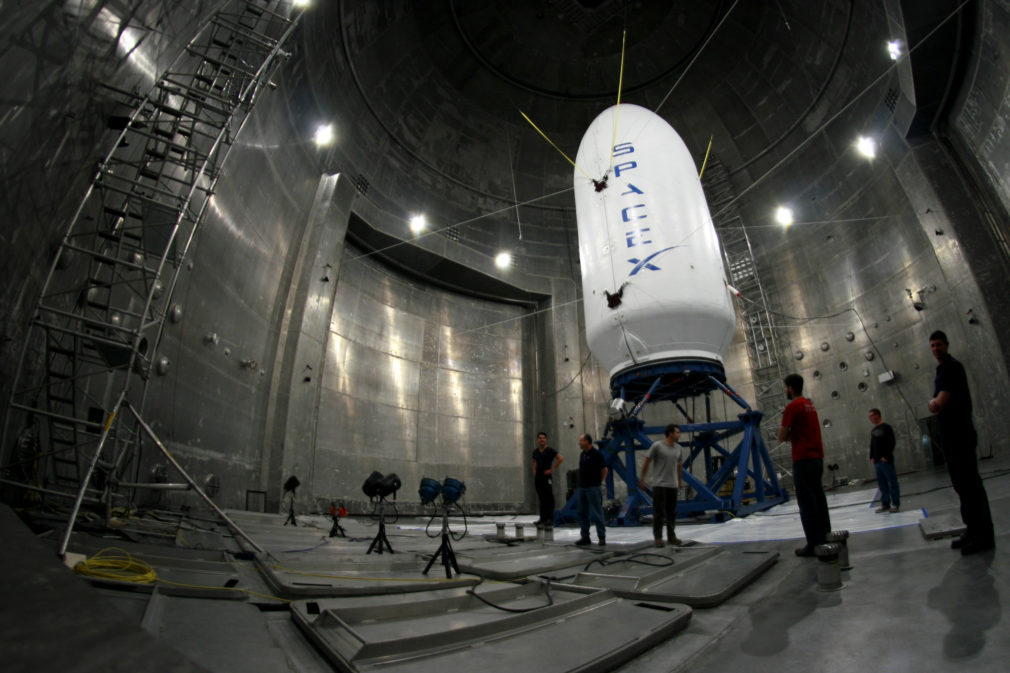If you’re unfamiliar with the versatile and scalable benefits of edge computing, it’s time for a data processing double take. By definition, users perform edge computing near the data source instead of relying on the cloud at several data centers. Edge computing supports businesses by processing and storing data closer to the originating equipment, allowing sensors to monitor machine performance and run analytics quickly.
One way to enhance the edge computing experience is to introduce Kubernetes, an open-source platform for managing workloads and services that facilitates declarative configuration and automation. Specifically, K3s work well alongside edge computing by delivering a revolutionary lightweight Kubernetes distribution. With the help of products like SUSE Rancher, K3s can oversee thousands of edge-based clusters.
Once you’ve weighed the pros of using K3s to accelerate edge computing, you’ll be ready to rework your workflow. For those business owners becoming acquainted with edge computing and its benefits, you’ll need to consider the following factors before successfully implementing: correcting edge operating concerns, centralizing management, and reducing dependencies.
Address operational concerns
Containers and orchestration are rising as an enabler of delivering modern applications in thriving companies. Kubernetes are increasing in popularity as the primary container orchestration tool for digital transformation across multiple industries.
While Kubernetes solve problems and address technical needs, its traditional form is too heavy and presents operational challenges when using edge computing. The lighter-weight K3s emerged as a solution to this issue. K3s offer the same functional value as the traditional Kubernetes but acts as an easy-to-operate package, which accelerates problem-solving when using edge computing.
Centralize management
Designed specifically for working with edge computing, K3s remove unnecessary coding from the traditional Kubernetes resulting in a lightweight and easy to activate in unique circumstances.
One of the notable advantages of K3s is the ability to centralize the management of large device domains.
Usually generated in silos, edge computing machines can be susceptible to failures. Managing thousands of unique end-points is complex, and if the central node crashes, correcting the issue on all devices is nearly impossible.
Developers who created K3s worked to develop a system that can offer central management of the entire device estate. K3s remove unnecessary complexity from updates and roll-backs and makes managing an estate more accessible.
Reduce dependency
As a single binary that reduces dependencies and steps to install, K3s operate and auto-update production Kubernetes clusters. For instance, K3s eliminate the dependence on etcd. “Etcd” is a configuration mechanism that provides a uniform view across a group of machines. While etcd would still be an option, it would not be the default mechanism.
Right now, some dependencies built into the K3s releases include:
- Flannel
- CoreDNS
- CNI
K3s can accelerate edge computing
In recent years, software manufacturing and maintenance have improved with the creation of Kubernetes container orchestration. Concurrently, an explosion of hardware in private and public locations has made edge computing more popular.
By bringing processing capabilities closer to the user, edge computing is in high demand. Many business owners want low latency for live experiences, and enterprises demand local processing for protected operations.
When a business can implement new technological advancements efficiently, the company, its employees, and the clients benefit. K3s are a lightweight option that can speed up and advance edge computing.



